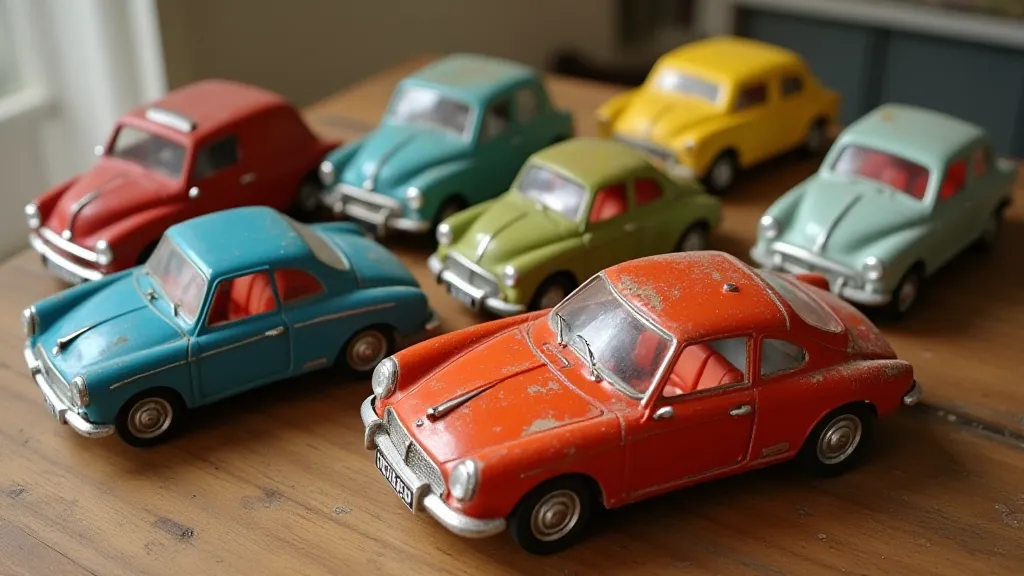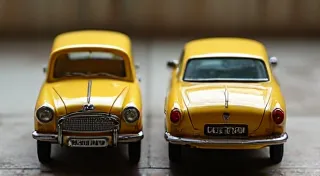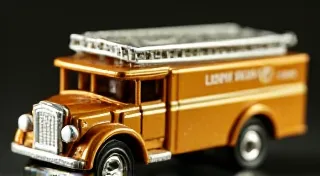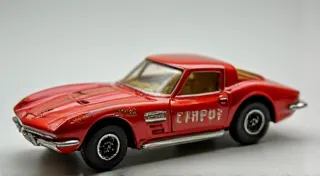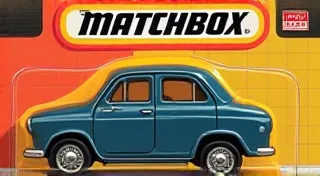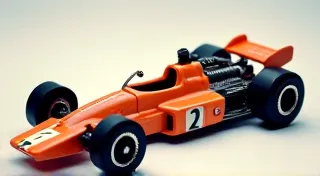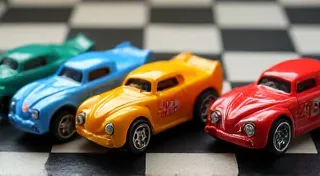The European Matchbox Cars: Unique Models and Variations
When discussing Matchbox cars, many collectors focus on the classic American models. However, a fascinating world exists across the Atlantic, with European production offering unique models and variations that add significant depth and value to a collection. This article explores the differences between Matchbox cars produced in Europe and their counterparts in other regions, focusing primarily on the UK (Lesney) and Spanish production.
The UK (Lesney) Era: A Foundation of Innovation
The story of European Matchbox cars begins with Lesney Products, the British company that originally manufactured the models. While many UK-made Matchbox cars closely mirrored their American counterparts, there were crucial differences. Often these variations were driven by licensing agreements, material availability, or simply the desire to create distinct models for the European market. Early UK models generally benefited from higher quality die-casting and more attention to detail, which is highly desirable to collectors today. The meticulous attention to detail extended to the packaging, reflecting the era's emphasis on presentation.
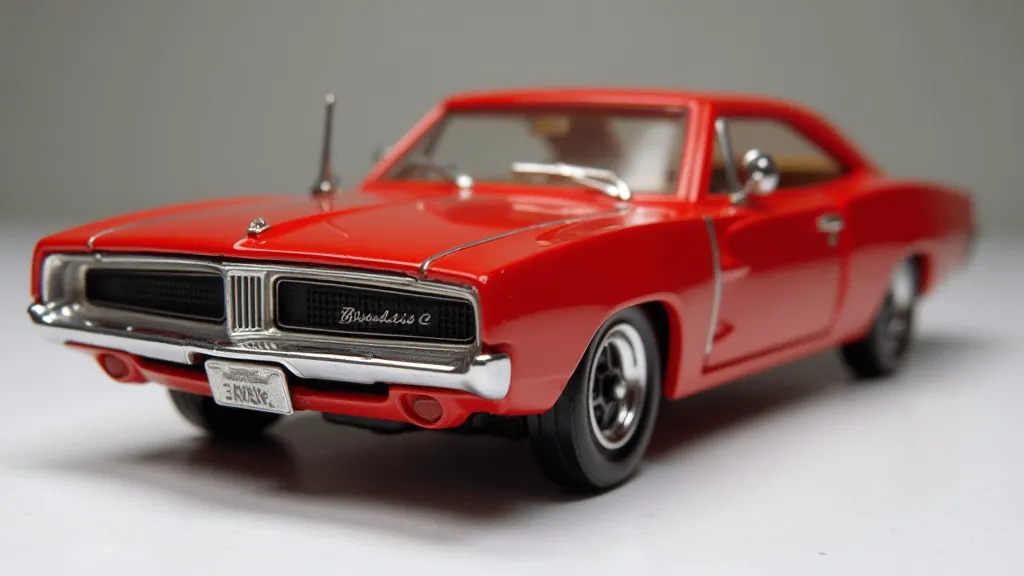
One key difference to look for is the base stamping. Early UK models will typically feature “Made in England” or “Lesney Products” on the base. Later, this changed to “Made in Great Britain.” The presence or absence of these markings, along with the font style, can help pinpoint the production year and country of origin. Beyond the base markings, careful observation of the models themselves reveals subtle nuances in the casting, paint application, and even the style of the interior detailing, distinguishing them from their American-made counterparts. Understanding these differences is vital for accurate identification and valuation. For collectors looking to preserve their prized possessions, it's important to consider best practices. You can find some useful storage and preservation tips for your Matchbox car collection to help maintain their condition over time.
Spanish Production: A Post-Lesney Story
After Lesney’s decline, a Spanish company, Pilen, acquired the rights to produce Matchbox cars. Pilen’s production, often referred to as "Spanish Matchbox," represents a significant era in the brand's history. While Pilen initially replicated Lesney models, they quickly introduced their own unique designs and alterations. This transition marked a shift in aesthetic and production values, influencing the visual identity of Matchbox cars for years to come.
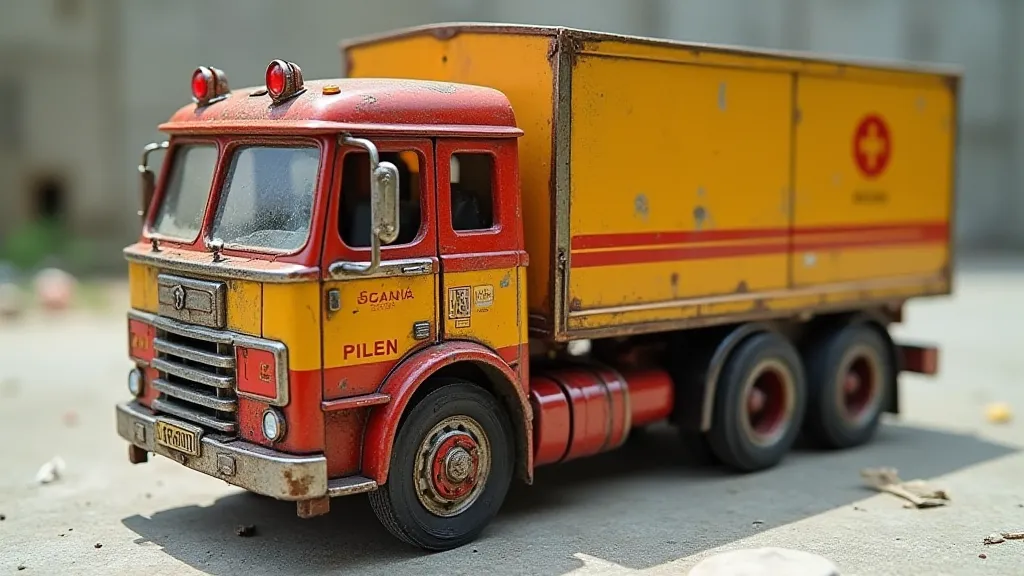
Spanish models often feature brighter, more vibrant colour schemes compared to their UK predecessors. Details might be simplified or altered, and the overall quality of die-casting and paint application often differed. Some Spanish models had unique variations in the wheel types and interior details. Identifying Spanish Matchbox cars is crucial for accurate dating and valuation. Pay close attention to the base markings; these will clearly indicate “Made in Spain” and the manufacturer, Pilen. The impact of motorsports also played a role in the design evolution of Matchbox cars, influencing the aesthetic and creating exciting new models. You can explore the influence of racing and motorsport on Matchbox designs to learn more about this fascinating connection.
Key Variations to Watch For
Here are some specific areas to investigate when distinguishing European Matchbox cars:
- Base Markings: As mentioned above, these are vital.
- Colour Variations: Compare colours to known references for UK and Spanish production.
- Wheel Types: Different wheel designs were implemented in different factories.
- Interior Details: Look for variations in seats, dashboards, and steering wheels.
- Packaging: European packaging often differs significantly from American packaging. Look for different box styles and language. Often the style and materials used in packaging varied significantly based on the region.
- Casting Details: Examine the overall casting quality. Spanish production sometimes exhibited differences in detail and finish.
- Material Usage: In some cases, variations in the metals used for die-casting can be observed, influencing the weight and feel of the model.
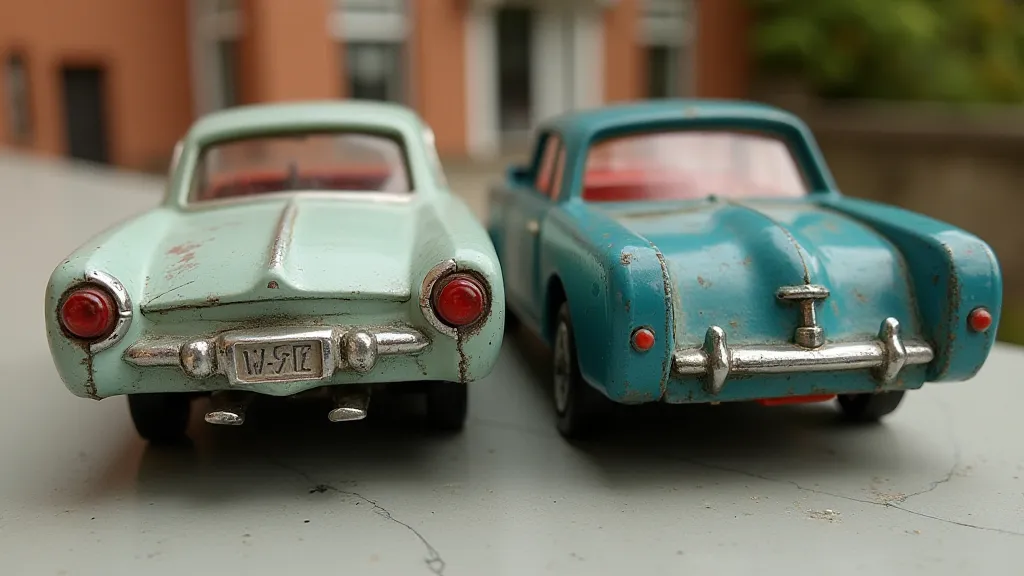
The evolution of the Matchbox car line wasn’t limited to subtle variations. The introduction of the "Superkings" line in the 1970s marked a significant expansion of the range, offering larger and more detailed models. These “Superkings” were quite different, and understanding their history is valuable to serious collectors. If you’d like to delve deeper into this specific line, you can find a spotlight on the 1970s Matchbox Superkings.
The Community of Collectors
Collecting vintage Matchbox cars is more than just acquiring toys; it’s joining a passionate community. Connecting with other collectors provides opportunities to share knowledge, trade cars, and learn about rare and sought-after models. There are many dedicated Matchbox car clubs and online communities for collectors where you can connect with fellow enthusiasts.
Dating Your European Matchbox Cars: A Practical Guide
Determining the origin and production year of your European Matchbox cars requires a keen eye and a systematic approach. Here's a detailed guide to help you accurately date your collection:
- Base Markings: The most obvious clue. Compare markings to known reference charts.
- Color Palette: Research the color schemes used during specific production periods.
- Wheel Type: Different wheel variations occurred at different times and factories.
- Interior Details: Note any variations in the seats, dashboards, and steering wheels.
- Packaging: While often overlooked, the style of the box can indicate the era of production.
- Casting Details: Examine the overall casting quality and any unique design features.
Collecting European Matchbox Cars: A Rewarding Pursuit
Collecting European Matchbox cars offers a fresh perspective on a beloved toy brand. The subtle differences and unique models provide endless opportunities for discovery and appreciation. By understanding the history and nuances of UK and Spanish production, you can build a more informed and valuable collection of vintage Matchbox toy cars. The rich history and variations in design and production make the pursuit exceptionally rewarding, offering a deeper appreciation for the artistry and evolution of a classic toy.
